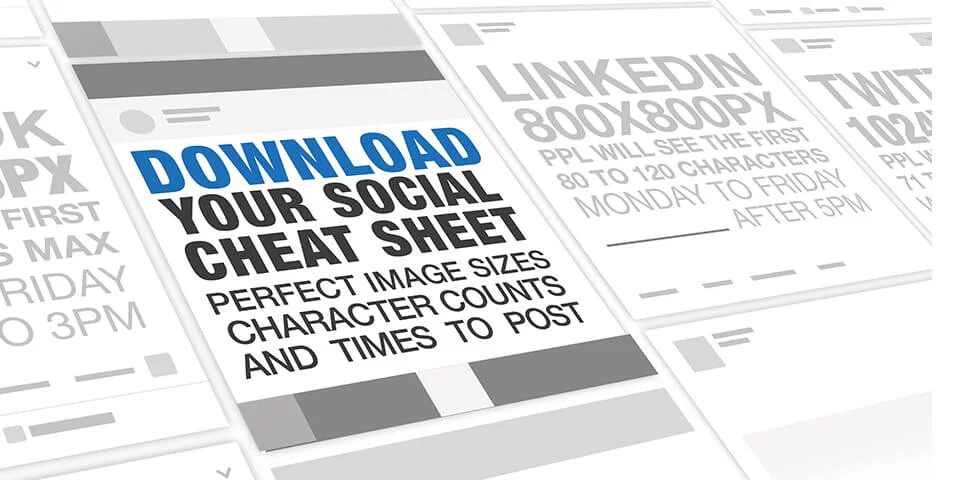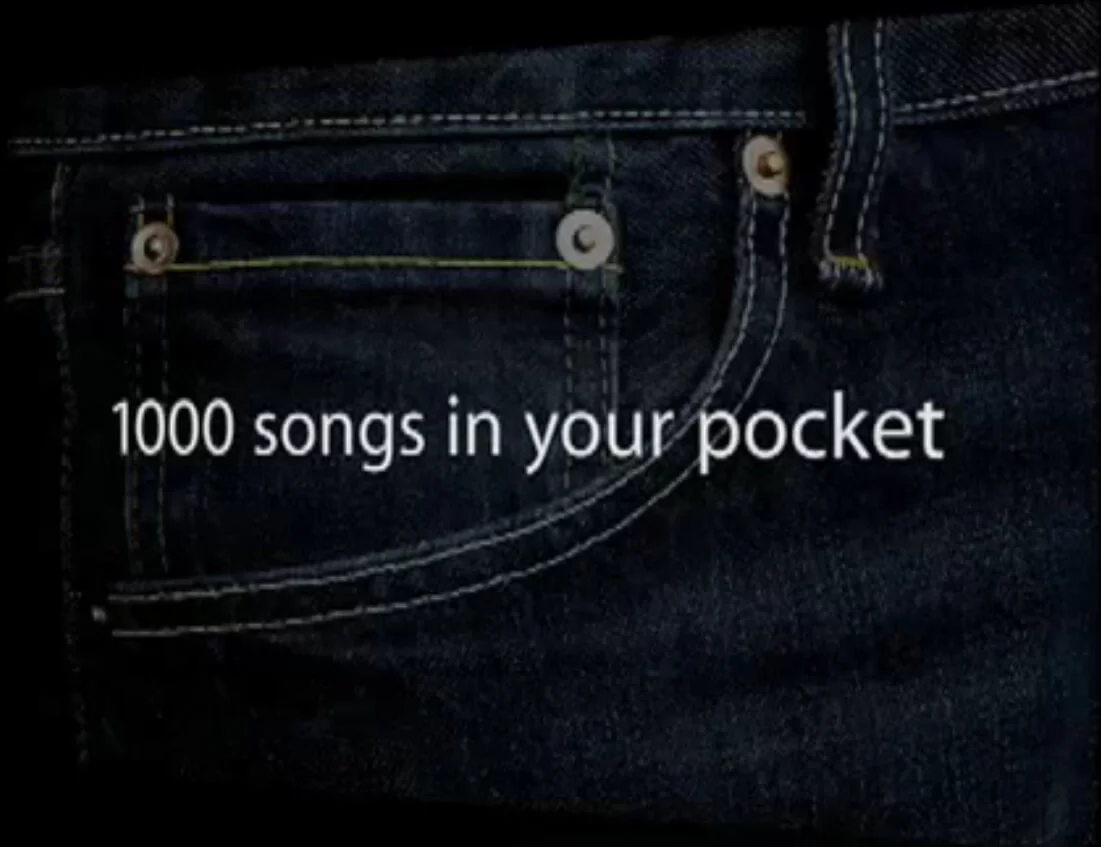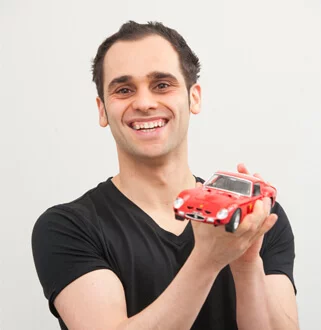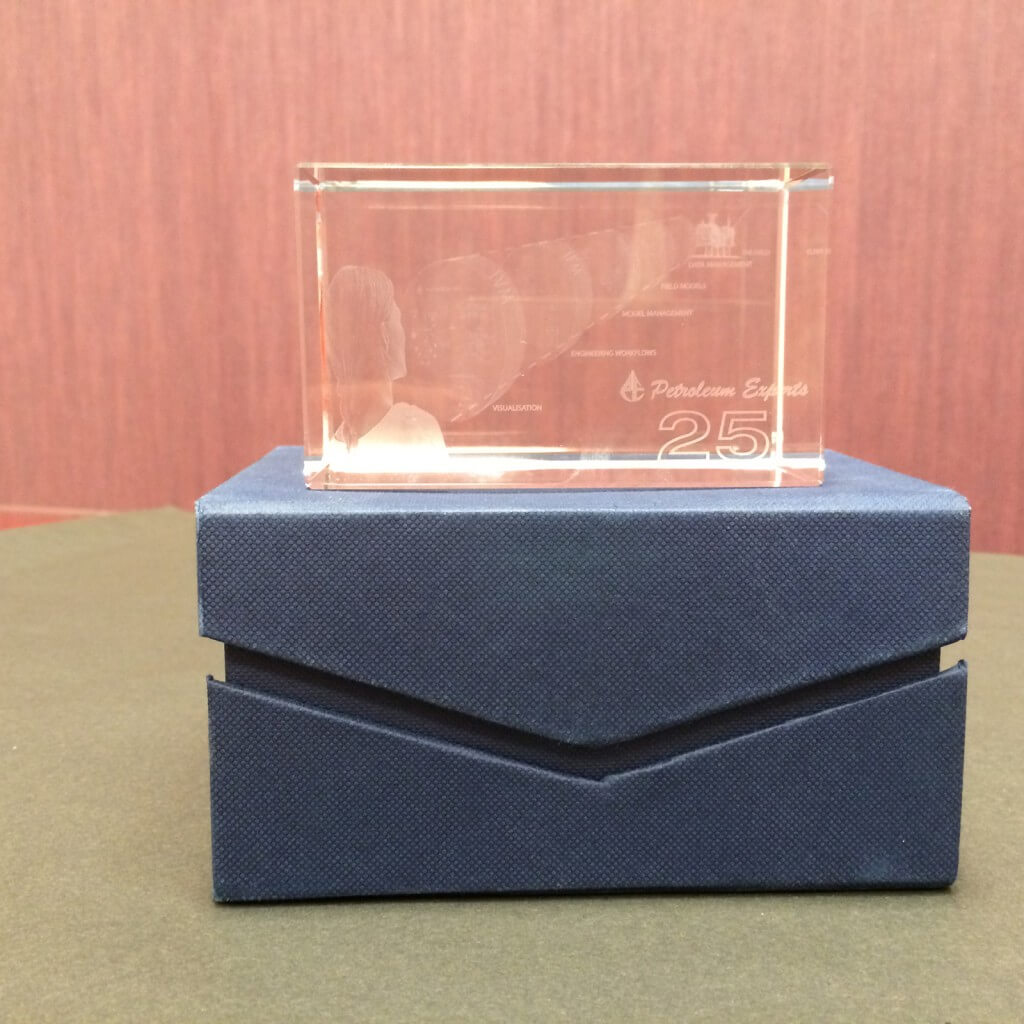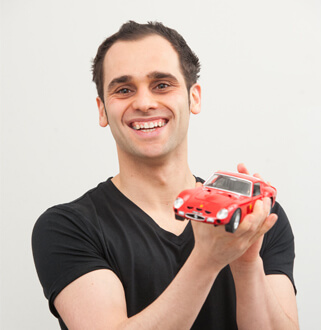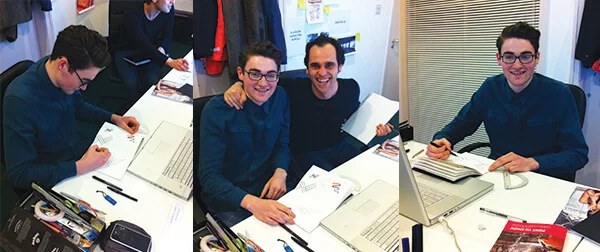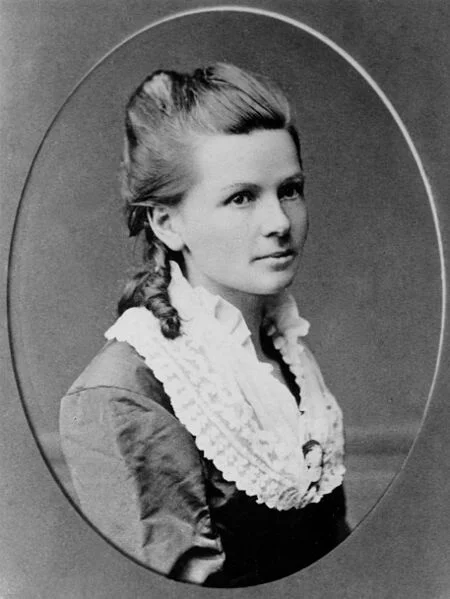On Thursday night, I discussed ‘Branding for the 21st Century.’ at an event for the ‘Entrepreneurial Exchange’ in Glasgow.
The main point of the discussion was that in this the digital age, people are more important than ever before in building the great brands of today.
You can read highlights from the talk below…
The rise of the digital space has completely transformed communications for business in the last 15 years. It has allowed us a tremendous opportunity; the ability to get our own message out. For the first time in history, we can reach people from any destination from any part of the world at any time of our choosing. We have bespoke media channels and can engage in two-way conversations with potential clients and customers like never before.
The rise of digital has given brands a new repertoire of tools to engage with.
Unfortunately, it has also given us more ways than ever before to disturb, confuse and alienate our audiences. Anybody with a smart phone will know, the internet is a very noisy place. The average person will receive 142 e-mails a day at their work alone. That’s 81 received with 41 replies. Up from 101 just three years ago.
We are supposedly the most interrupted people in the history of the human race.
Unsurprisingly the brands that make the most noise are the ones that tend to engage the least.
The digital landscape has also helped to accelerate the commoditisation of many of our products/services. The easier availability of untried alternatives and further globalisation has driven down the prices of products and services that were once revenue streams to us all. You have to look no further than the media sector to see that the race to the bottom has no end in sight. There has never been a more important time to build and show value.
No matter what you do, somebody will always be able to do it cheaper. Cutting through the noise and displaying value are just two of the greatest challenges we face today as business owners.
Both challenges point to a stronger brand.
However, to build a strong brand, your company must have communications that go far beyond saying what you the think the customer wants to hear. Culture and a sense of mission underpins the strongest of brands and those that have a goal larger than profit will be the ones that engage in the strongest way with staff, customers and clients alike.
The culture within your business underpins every part of your brands communication. A brand is more than a logo, it is an entire experience; the manifestation of thousands of interactions between your company and the people it interacts with; externally and internally, online and offline. This includes factors as diverse as customer service, corporate responsibility and of course, the delivery of the end products or services themselves.
Each interaction combines to create a brand experience.
However, to create a rich experience, there has to be, what we call a brand narrative, thread through the entire company. It has to permeate the organisation from top to bottom. It’s where the brand is borne.
The business owner who knows that over-capacity in the factory can damage brand experience is one that is fully in control of their brand; they understand that sales staff will have to be more aggressive or resort to discounting – both activities that damage brand experience and value. The most aware business owners will already be hiring people that are good cultural fits and can deliver the right brand experience without even trying. With brands, actions speak louder than words.
The entrepreneur that stamps their personality on every aspect of their company will regularly lead the strongest brands.
The world’s no-1 brand Apple, under Steve Jobs may be the most vivid of examples. Only Steve Jobs could have the ingenuity to roll out I-Pod, I-Phone, I-Pad, one after the other. Game-changing products! Only Steven Jobs could steal the music industry from under the noses of those in the sector. Genius products, genius man. Only Apple, under Jobs, could have the arrogance to tell us that their brand new I-phone 4 wasn’t working because we mere mortals weren’t holding it correctly. For better or worse, a lot of great brands resemble their leaders.
There are hundreds of other examples; we could speak about Michael O’Leary, Richard Branson or even Richard Reed are all obvious ones. All people whose personal influences have helped to create brands that are memorable and easy to define.
Of course, there is a balance to be struck. The more distinctive the culture, the more likely some may be alienated. It’s fundamental that the markets you seek to enter align with brand positioning. Volvo is a brand that sells cars but to the consumer, they sell safety of themselves and loved ones when they travel. Selling safety as an emotion is fine in the family car market, less so for sports models. The very essence of strategy is the narrowing of choices and closing of opportunities to focus on the end goal. It involves discipline and there are times to be pragmatic and times to be idealistic.
These are the decisions you will face when looking to build your brand. Unfortunately there is no one-size fits all solutions to building a strong brand. However, one of the principal reasons for branding is the means to define and differentiate with competitors.
If customers can understand what you do without even thinking and you’re the answer before they’ve even asked the question then you’re communicating well.
Who you are, what you do, how you do it and why you do it are the main ways to define a brand.
All companies should be differentiated in at least one of these ways from its competitors.
Who you are… Obvious people-brands include Jamie Oliver with his restaurants or cookbooks or James Dyson with his vacuum cleaners but more interestingly, many clients still pledge allegiances with the partners as opposed to the firms they use in accountancy and legal firms. Personal branding also has a large part to play for entrepreneurs who present their brands.
Definition by What you do… Companies like EE are completely defined by temporarily being the only 4G provider of mobile services. Edinburgh firm – ‘Law at Work’ are another example. They may be small but are one of the fastest growing professional service firms in a bad time for the profession. Why? Because they only deal with issues around employment, you perceive them to be specialists in a market full of generalists. Defined more by what they don’t do as opposed to what they do.
How you do something… How does your product or service differ in its marketplace?
The companies that tend to innovate a lot round product or service offerings tend to be those with a strong core purpose which we’ll talk about next. A good example includes the first Human resource companies that offered psychometric profiling to its clients or Hyundai several years ago being the first auto maker to offer a five year warranty. Defining your company in those ways are all options available, they’ll help your company become more recognisable, memorable and easy to define.
But why you exist is the most potent way to define yourself, particularly in competitive markets. The really memorable brands are all defined by a core purpose – Nike, Apple, Ryanair, The Ritz, Innocent, Audi, IKEA, McKinsey, IBM up and coming brands such as Tough Mudder, B2C brands and B2B brands, even great Scottish brands such as Irn Bru or Tennents. These are all companies where both staff and customers and clients alike know instinctively what their brand represents. Why you do what you do is the ultimate emotional pull to staff, clients & customers. It is the sense of mission that transcends the commercial part of the business. Emotion always trumps logic; people react based on their emotions then justify their decisions with logic and facts.
Engaging with people on an emotional level is the most powerful way for a brand to communicate. The more potent the emotional argument, the greater the potential value in the brand.
Volkswagen are a company with a very high reputation for quality but consumers will pay £6000 more for a 2-litre A4 over a Passat, they are virtually the same car, many consumers know they are virtually identical yet the prestige and quality of the Audi brand commands a very significant premium.
That is maximising the emotional and commercial value of your brand.
It is not only common in cars – the best restaurants charge significant premiums for the strength of the brand experience. The big 4 do likewise in accountancy terms. Indeed there are very real opportunities for companies in the B2B space to build more engaging brands. Only 14 out of the 100 brands in the world are ‘business to business’ but the likes of IBM with Smarter Planet & Social Business have demonstrated great ways it should be done. Whatever the brand, the communications have to align with the cultural values of the company.
Everybody from the sales staff to the person that sweeps the floor must know why you’re special.
And therein lies the rub, special brands are the result of great companies.
Building a strong brand is one of the most potent weapons for growth there is. A strong brand provides the answer to just about every challenge you will face.
Obtaining sales is easier if the company has a strong brand.
Entering new markets become easier if you have a strong brand.
Launching new products, attracting the best staff, motivating existing staff, increasing margins on your products, inspiring loyalty and in some just cases feeling good about yourself and what you’re doing are all a result of a strong brand.
If you want to build real value into your brand, turn it into a cause. The companies that have a clear sense of mission are the ones most able to create a great brand story with higher value to all those that it touches.
People don’t just want leadership now, they expect it.
And those that lead in terms of innovation and culture will be those that shall be rewarded.
Cultural goals gives people in organisations scope and autonomy to make decisions, innovate and improve service/product quality. Building blocks to building even stronger brands that don’t have to compete on price. Most of the great brands mentioned above share a common theme – they are restless innovators.
Great brands are not made by digital tools, marketing agencies or people like ourselves at the loft. Our role is critical to compiling and articulating a vision but the brand message is created by the business leaders at the top. What kind of company do you want to build?
And on the subject of leadership, if brands must have personality to win in the digital race, who should determine what kind of personality the brand has? If the entrepreneur or business leader is going to be bought into a brand and drive it forward. If it’s your baby that you wish to grow. It ultimately has to reflect your character. You are the main stakeholder, it is your values, principles, interests and vision that will determine the success of the brand long after the agencies have completed their work.
With the amount of noise in today’s market, only the brands with the strength of purpose and clarity of message will gain and retain loyal clients. This can be shaped only by company culture and the vision laid out at the top of the organisation.
And it is for this reason that in this the digital age, it is people that are at the heart of building brands for the 21st century.
For further information, you can check out our info graph that compliments this talk at…
https://theloft.co/loft-brand-experience-map.pdf
Benedetto
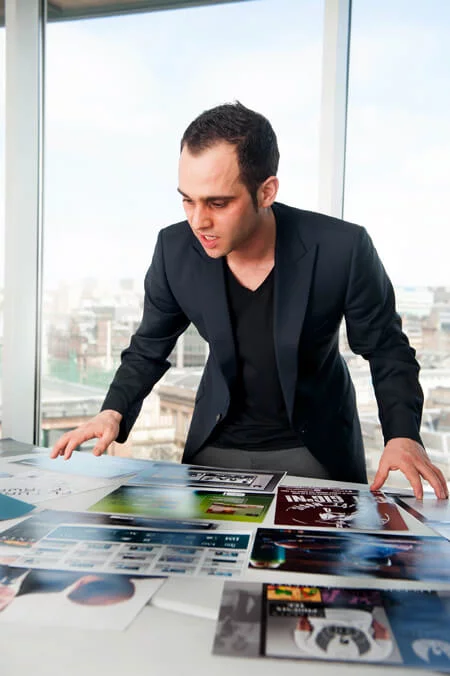
Benedetto Bordone
Creative Director of the loft.
Benedetto runs the branding consultancy, the loft. Based in the centre of Glasgow, the loft creates emotive brands.
Benedetto began his design career aged 9, sketching cars in the loft bedroom of his parents house. Even then he realised some eternal truths. Alfa Romeos are infinitely cooler than Ferraris and always have been. Time has only hardened this opinion. Since then, he has been on a journey taking him from his hometown in Kilmarnock to Coventry, studying car design aged 17, three separate spells in Italy followed where he interned, worked & freelanced for distinguished design companies – BeeStudio, Alfa Romeo, Honda Advanced design & Stile Bertone.
Setting up his own business was a natural step for somebody as independently minded as Benedetto. The loft was set up in 2008 and offers a comprehensive branding and communication service to its clients. The company combines a deeply analytical approach into the clients culture and commercial targets before engaging in creative design and strategy work to build emotive brands.
